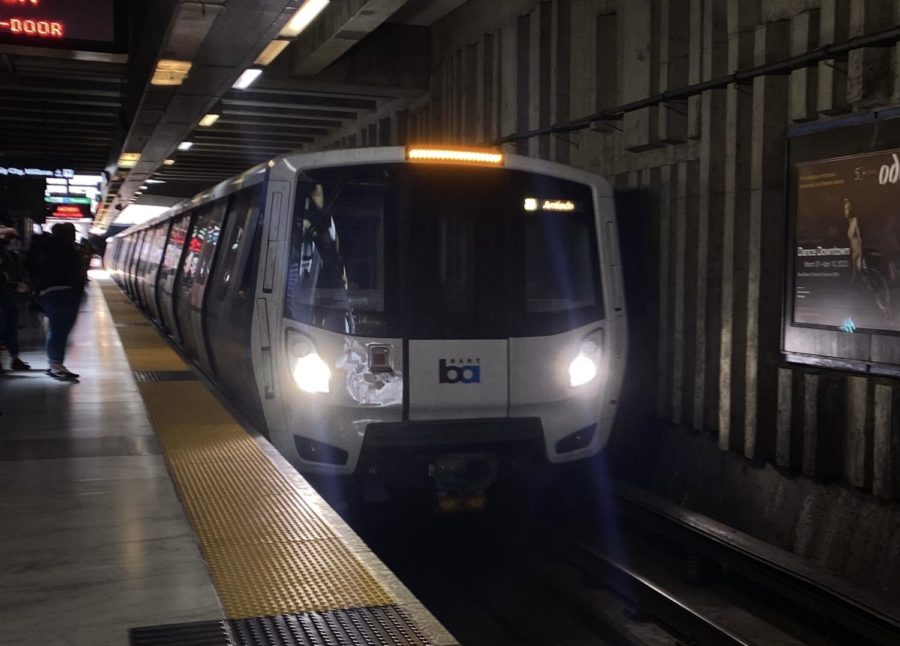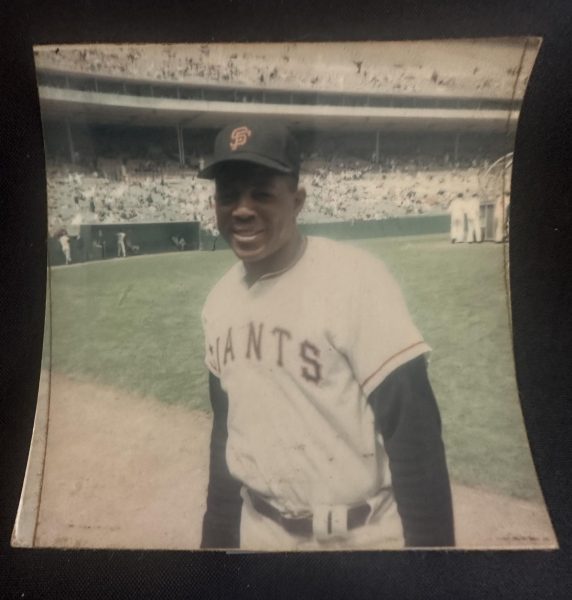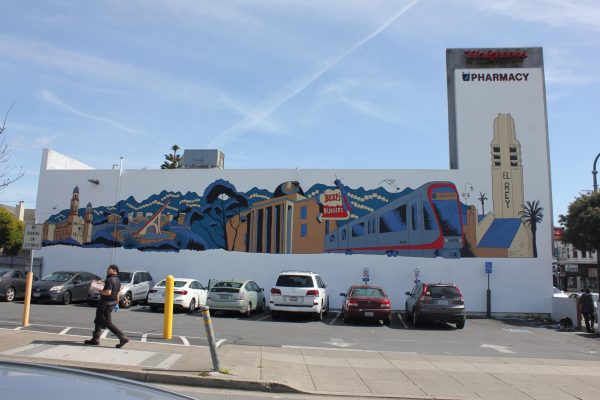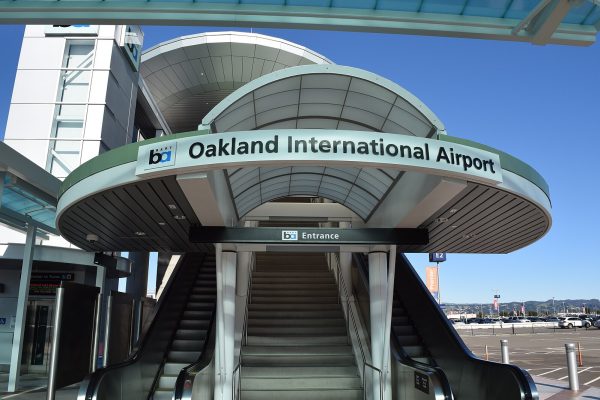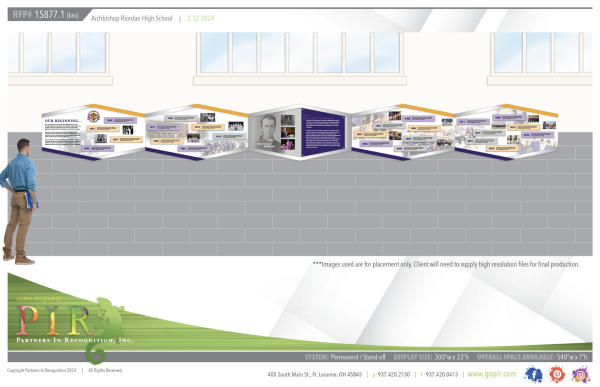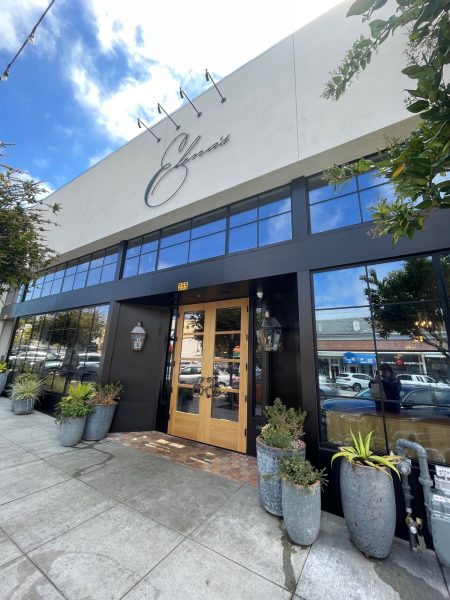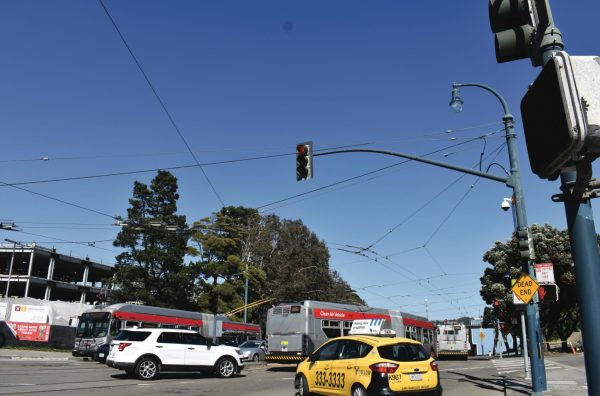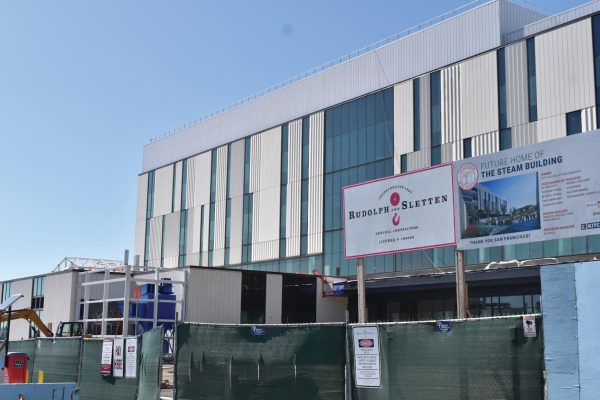BART celebrates 50 years of service
BART is celebrating its 50th year serving the Bay Area.
May 24, 2022
Electrictronic hums, whooshes through the barrier of the wind, screeches on rails through pitch black tunnels: the Bay Area’s beloved BART celebrates 50 years of service.
Dating back to Sept. 11, 1972, BART has faced many developments; however, native residents feel to have surpassed the once contemporary transit line and acknowledge their dissatisfaction with the system’s flaws.
From “futuristic to falling apart,” BART has lost its original marvel, reports Michael Cabanatuan of the San Francisco Chronicle. Cabanatuan believes BART suffers from “age and surging ridership,” causing a downward spiral of overcrowding, breakdowns, delays, and grimy stations.
For many, especially employees and students, BART is their only means of commute. Within the Riordan community, many students and faculty are regular BART commuters, and have been reflecting on why that is and their experiences of discontent.
Mike McGarry, math instructor at Archbishop Riordan High School, sees BART “as a profound symbol of the vanishing middle class in America,” as “it’s grimy, slow, extremely noisy, and often uncomfortable.”
McGarry believes BART to be the only option for many minority residents in the Bay Area, as “BART passes through a lot of neighborhoods primarily of black and brown people, so its shortcomings are also a potent example of institutional racism—no one at BART intends anything racist, but de facto, black and brown folks wind up carrying a disproportionate share of the problems associated with an unpleasant commute.”
As a regular commuter, McGarry understands, firsthand, how unpleasant a ride on BART can be, and expresses his observations of its systemic flaws and desire for possible change.
From a student’s perspective, Reginald Brown ’22, graduating senior at Riordan, describes his experience on BART as comparable to that of a canned Vienna sausage. Brown goes on to explain how BART can be a convenient means of getting around, but the displeasure of rides can not go unnoticed.
Despite the criticism, BART ridership is surging. BART has always had a steady influx of ridership; however, with the rise of the COVID pandemic, starting in March 2020, BART saw a major dip in this statistic.
It has been a steady struggle, as BART recovers from the fall, and “reports forecast 30 percent of pre-COVID riders won’t come back” according to Eliyahu Kamisher of the Bay Area News Group. This became a wake up call, as BART took this opportunity to look into restructuring and possible improvements.
In celebration of its 50th Anniversary, BART released a report, addressing pandemic recovery, financial stability strategies, and federal emergency release funds. One of many improvements to BART’s new plan include virus-trapping MERV-14 air filters, where air in cars are replaced and filtered every 70 seconds.
With 50 years of experience under its rails, the Bay Area’s beloved BART transit line has faced many ups and downs, but it has set many reforms into motion to ignite its once revolutionary electric.


